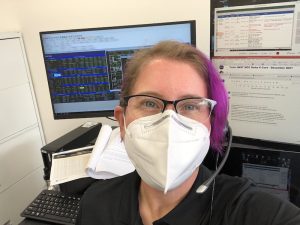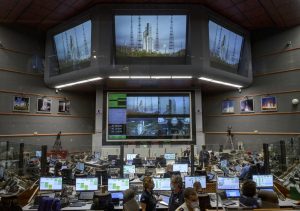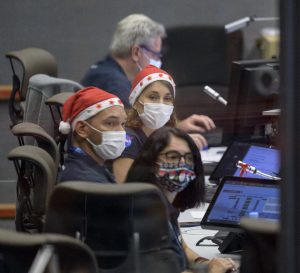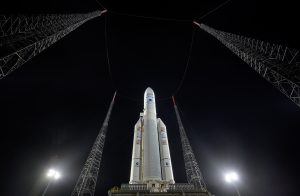
At 7:50 pm EST, Webb’s first mid-course correction burn began. It lasted 65 minutes and is now complete. This burn is one of two milestones that are time critical — the first was the solar array deployment, which happened shortly after launch.
This burn adjusts Webb’s trajectory toward the second Lagrange point, commonly known as L2. After launch, Webb needs to make its own mid-course thrust correction maneuvers to get to its orbit. This is by design: Webb received an intentional slight under-burn from the Ariane-5 that launched it into space, because it’s not possible to correct for overthrust. If Webb gets too much thrust, it can’t turn around to move back toward Earth because that would directly expose its telescope optics and structure to the Sun, overheating them and aborting the science mission before it can even begin.
Therefore, we ease up to the correct velocity in three stages, being careful never to deliver too much thrust — there will be three mid-course correction maneuvers in total.
After this burn, no key milestones are time critical, so the order, location, timing, and duration of deployments may change.
You can track where Webb is in the process and read about upcoming deployments. NASA has a detailed plan to deploy the Webb Space Telescope over a roughly two-week period.The deployment process is not an automatic hands-off sequence; it is human-controlled. The team monitors Webb in real-time and may pause the nominal deployment at any time. This means that the deployments may not occur exactly in the order or at the times originally planned.




